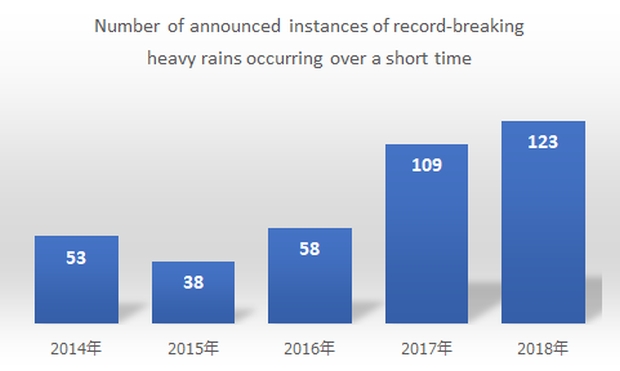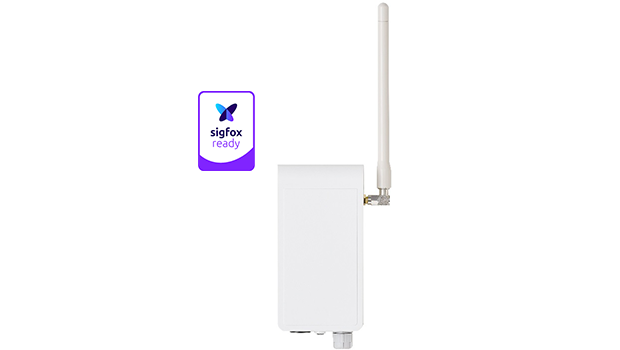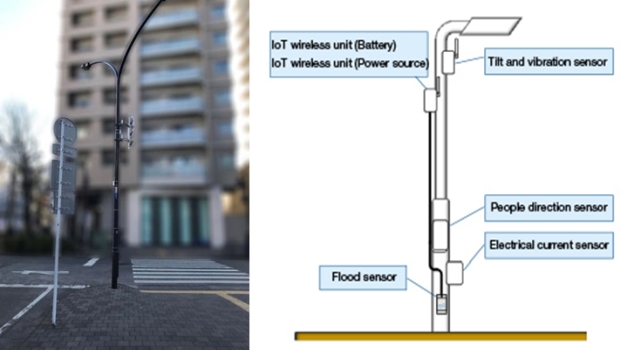Using Simple IoT Monitoring for Quick Recognition of Flooding Dangers
Flooding Preparations in the Manufacturing Industry
- Prevention
- Personnel-saving
- Monitoring
- IoT
- Factory-warehouse
- Sea-river-reservoir-dam
However, utilizing the Internet of Thing (IoT) makes it possible to quickly see which areas are most at risk of flooding, allowing countermeasures to be initiated immediately to limit damage.
Increased Severity of Heavy Rains
In terms of flood damage, record-breaking heavy rains occurring over a short time are the most difficult to prepare for.
Information on such record-breaking short-term heavy rains is only published by the Japan Meteorological Agency after heavy rains—the likes of which are generally observed only once every few years—actually occur.
Such information is only available when an area experiences such torrential rain that landslides, flooding damage, and the swelling of small and medium-sized rivers is likely. In such instances, simply going outside is extremely dangerous.
In recent years, however, the frequency of such rains has increased rapidly, and with it the urgent need to develop effective countermeasures.
Flooding Damage in the Manufacturing Industry
When flooding occurs, the effects on the manufacturing industry can be varied, including material becoming unusable from being immersed in water, equipment breaking down, and production stopping all together, resulting in both significant losses of opportunity and costs associated with recovery.
According to the Ministry of Land, Infrastructure, Transport and Tourism (MLIT) 2017 Flood Damage Statistics Survey, the amount of damage to business assets due to flooding was approximately 24.4 billion yen, and losses stemming from the suspension of operations was approximately 5.2 billion yen.
Of the total damage to business assets, 57% occurred in the manufacturing industry, accounting for approximately 13.8 billion yen.
As such, measures to reduce flooding damage have become increasingly important.
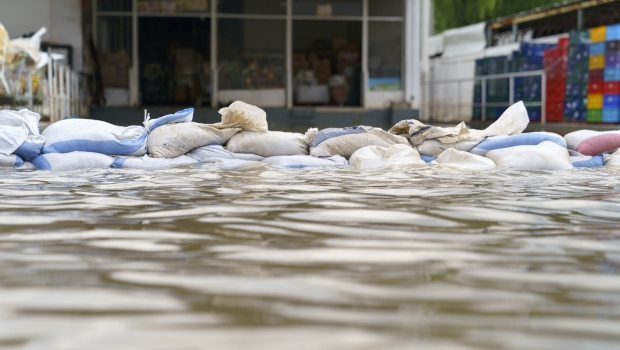
Preparing for Flooding Damage—Corporate Self-Protection Efforts
The MLIT partially revised the Flood Control Act in 2017 to recommend that large-scale factories make the effort to create flood prevention plans, conduct appropriate training, and establish flood defense organizations for corporate self-protection.
Even if making large-scale capital investments beforehand is difficult, ensuring corporate self-protection flood defense efforts to respond promptly to emergency situations (such as through prompt sharing of information and moving important materials and equipment to at least the second floor) can greatly reduce flood damage while also allowing for faster recovery.
One of the most important aspects of any corporate self-protection flood defense efforts, however, is being able to quickly understand the situation and communicate effectively. That is where IoT comes into play.
Source: MLIT “Corporate Self-Protection Flood Defense (Corporate Disaster Prevention)” (Japanese only)

Simple IoT-Based Monitoring for Quick Situation Assessment
Factories and facilities often include locations prone to flooding, such as warehouses and factory entrances in lower areas within a site, and outdoor passages used for evacuation.
Simply by installing flood sensors and IoT wireless units in such locations makes it possible for notifications to be sent by e-mail or to a smartphone whenever the water level has risen. This eliminates the need to constantly watch over a vast site, and e-mails can be configured so that the necessary info is forwarded to the necessary parties, ensuring quick initial response.
In addition, adding two flood sensors to an IoT wireless unit makes it possible to build a system that uses a CAUTION! water level and a WARNING! water level by setting two different water levels for each sensor.

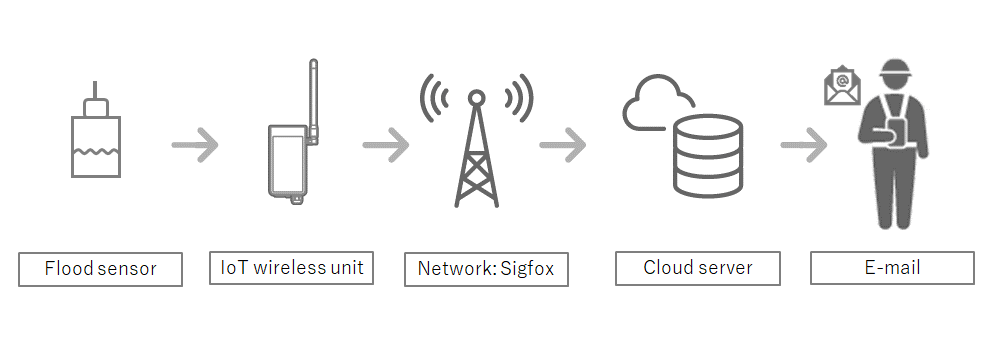
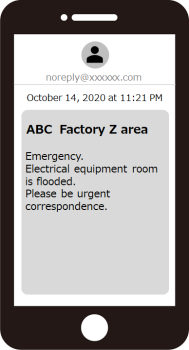
- Sigfox communication: An IoT standard that uses LPWA communication. Sigfox has been rolled out in 65 countries in Europe and North America. In Japan, Kyocera Communication Systems Co., Ltd. is applying Sigfox in building infrastructure and in its network services. Since the service was launched in February 2017, work has been continuing on expanding the Sigfox usage area, and the population coverage has now surpassed 95%. (As of October 2019)
Application Examples
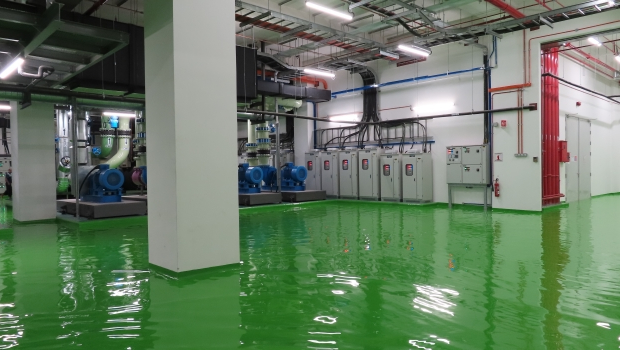
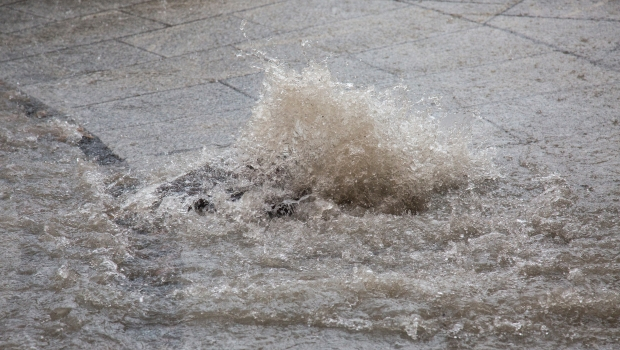

Product information
IoT wireless unit
Contact phone number
- Headquarters
- +81-77-579-8680
Contact form

